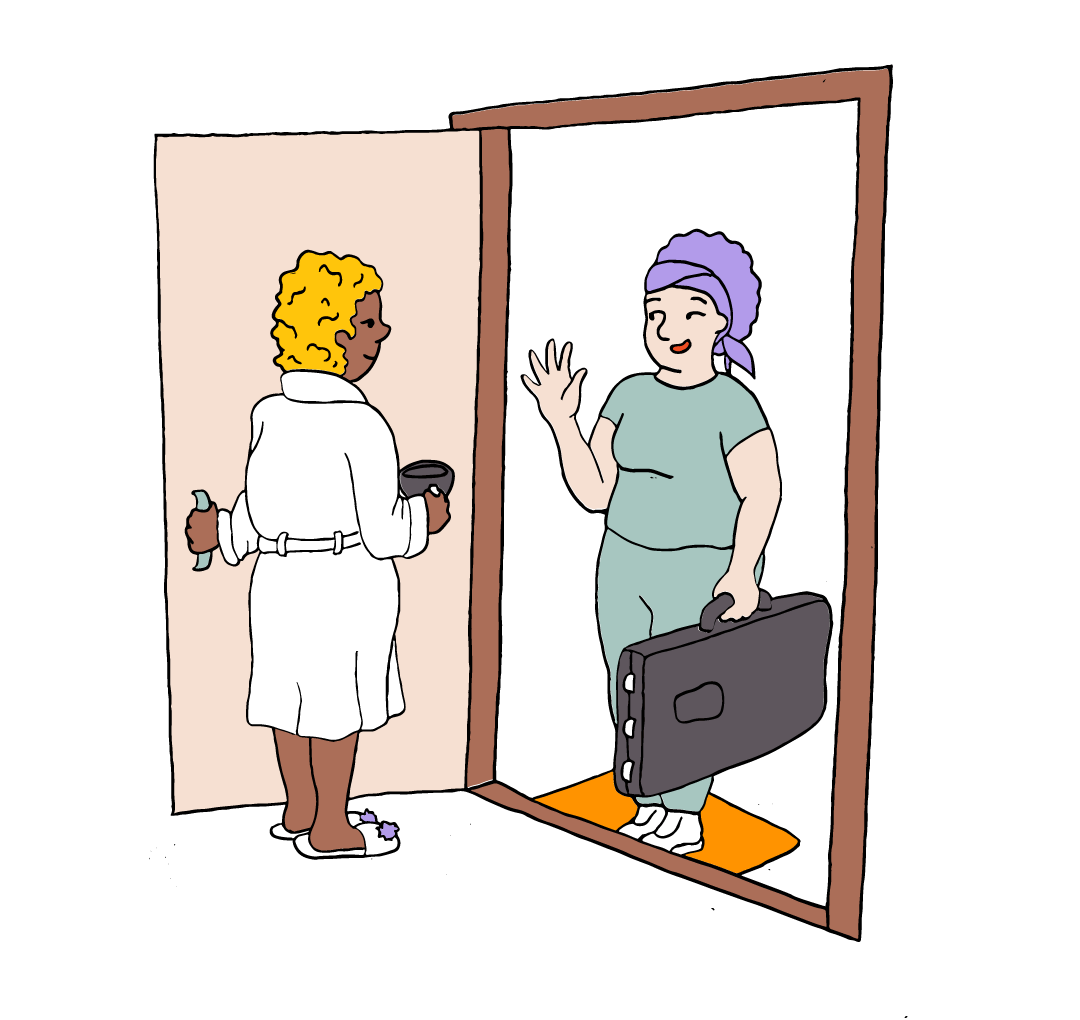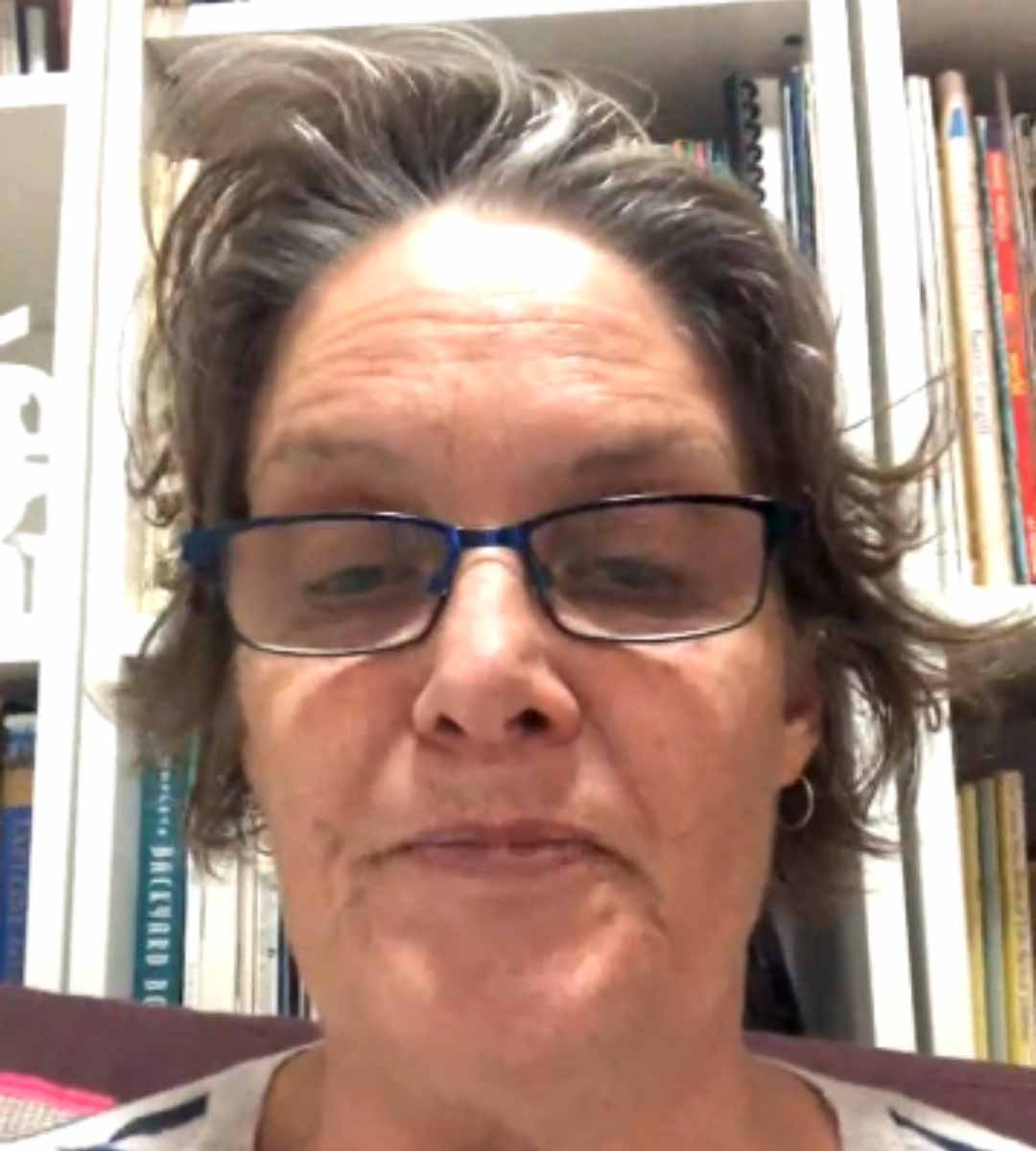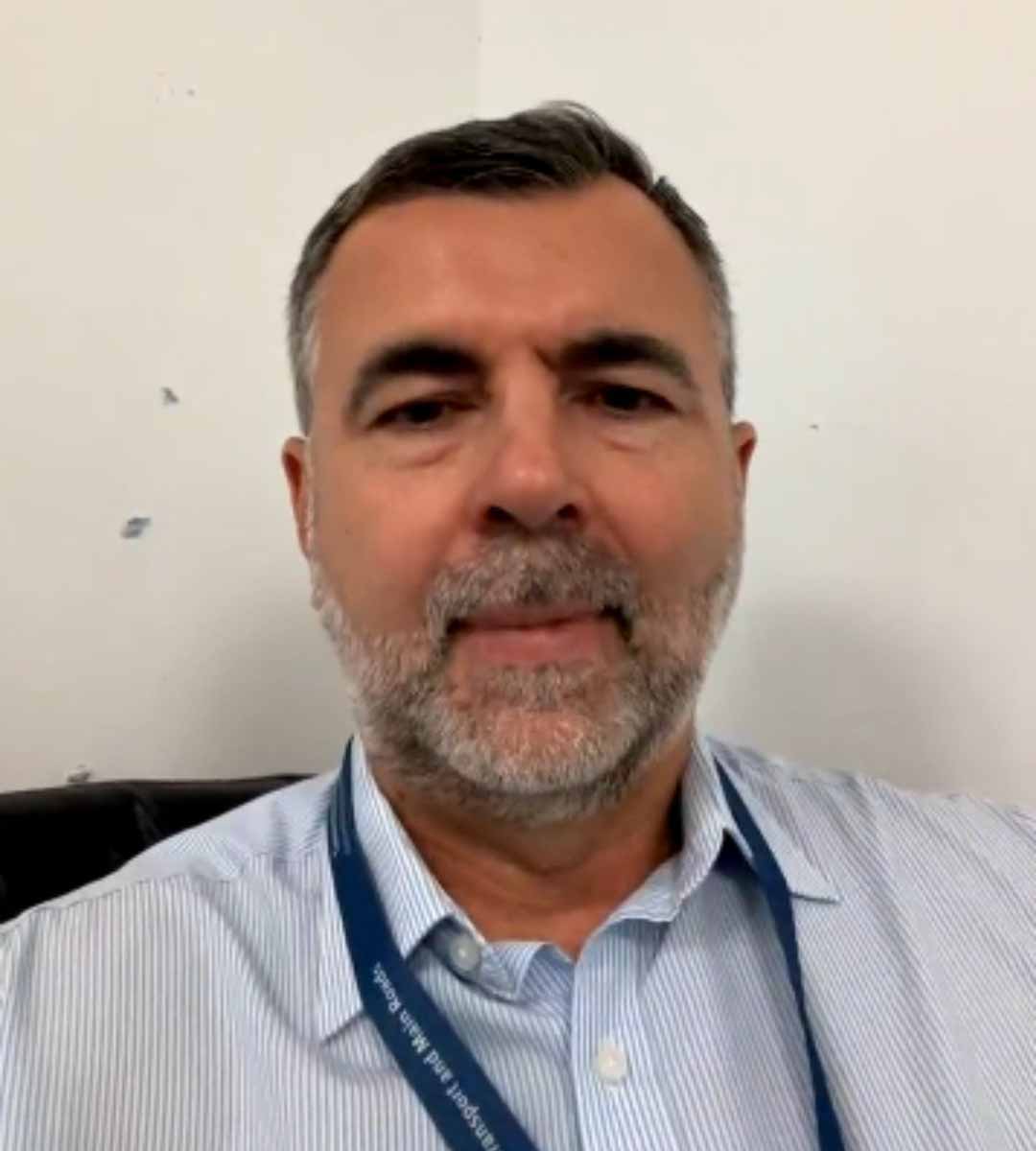Frequently Asked Questions
Can myofascial release help with weight loss?
Myofascial release is not intended for weight loss. Its primary focus is releasing muscle tension and improving mobility, which can support physical activity but does not directly cause weight loss. A balanced diet and exercise are key to weight loss.
How is myofascial release performed?
Myofascial release therapy is performed by a trained remedial massage therapist. During a session, your therapist will use their hands or specialised tools to apply gentle sustained pressure on specific areas of the body where tension is identified. This pressure helps release adhesions, stretch the fascia, and promote relaxation.
Your therapist may use different techniques such as direct pressure, stretching, and slow gliding movements to address the fascial restrictions.
How long do the effects of myofascial release last?
The effects of myofascial release vary depending on the individual and the extent of tension being released. Some people feel relief for days or weeks, while others may require regular sessions to maintain results.
What should I expect during and after a myofascial release session
During a session, you may experience mild discomfort, especially when pressure is applied to tight or sensitive areas, but your therapist will work within your comfort level.
Afterward, you might feel soreness similar to what you’d experience after a workout, improved mobility, relaxation, and even emotional release.
Is trigger point therapy the same as myofascial release?
Trigger point therapy and myofascial release are related but distinct techniques within the realm of remedial massage therapy.
- Trigger Point Therapy: This technique focuses on identifying and releasing trigger points, which are localized areas of muscle tension and pain. Pressure is applied directly to these points to alleviate pain and discomfort and improve muscle function.
- Myofascial Release: This technique involves applying sustained pressure to the fascia, a connective tissue that surrounds muscles and organs. The goal is to release tension and restrictions in the fascia, promoting relaxation and improved mobility. Myofascial release is more comprehensive and may address larger areas of the body.
While both therapies aim to alleviate pain and improve muscle function, they differ in their specific approaches and the areas they target. Depending on your needs and condition, your remedial massage therapist might use one or both techniques to provide the most effective treatment.
Which women’s health concerns can be addressed through Myofascial Release Therapy?
Myofascial Release Therapy can be beneficial for addressing various women’s health concerns such as pelvic pain, postpartum discomfort, improving range of motion during pregnancy, and alleviating tension-related issues.
Is myofascial release safe during pregnancy?
Myofascial release can be safe during pregnancy when done by a therapist experienced in prenatal care. Special care is needed, especially in the first trimester, to avoid deep pressure and certain areas. Always consult with your healthcare provider before undergoing therapy during pregnancy.
Does myofascial release hurt?
Myofascial release therapy can sometimes cause mild discomfort or sensitivity, especially when pressure is applied to tight or sensitive areas.
However, your massage therapist will work within your comfort level, and any discomfort should be manageable. Communication with your therapist about your pain threshold is important to ensure a positive experience.
Does myofascial release work?
Yes, myofascial release therapy can be effective for many individuals in addressing muscle tension, pain, and mobility issues.























